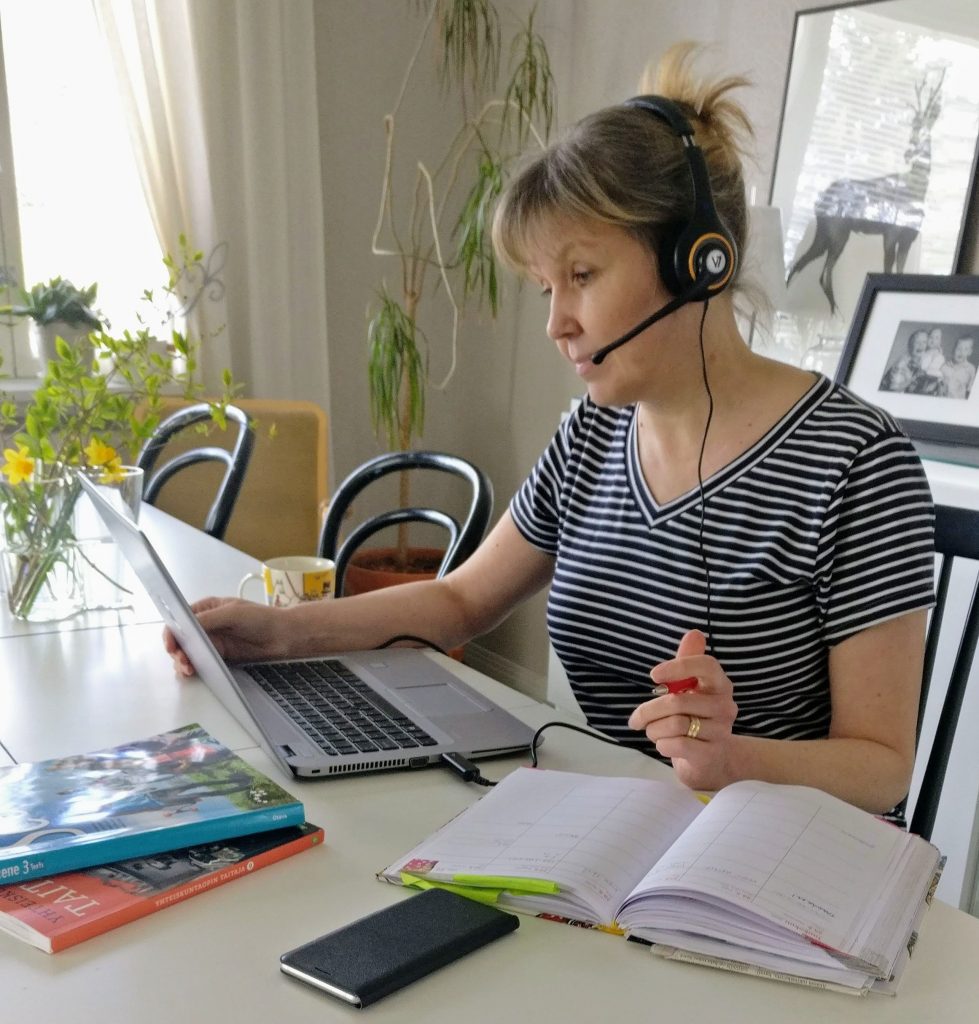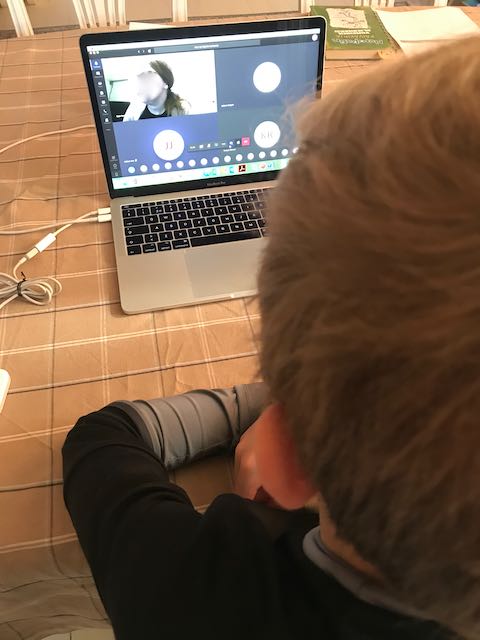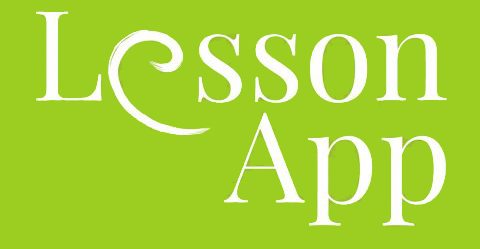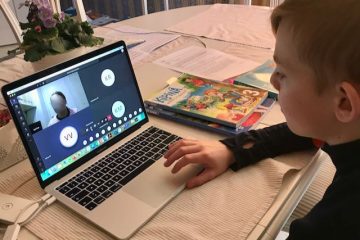We have been told for quite some time now, that soon we will have advanced technology that will ultimately replace teachers. Artificial Intelligence assisted learning will be the new paradigm for learning and soon we will be able to provide totally individualized and at the same time top quality education for all students.
This new technology sounds great! Artificial intelligence, machine learning and latest technology can provide us aides we have never imagined possible. They are going to be great tools. But will they replace teachers? From the Finnish perspective, no.

During this year and due to the pandemic, we have globally had the biggest human test in the history of education in the form of distance teaching. Schools and teachers were forced to change to distance teaching without warning and careful prior planning. In a couple of days or weeks, teachers were obliged to change their teaching to remote mode.
How did that go? In some places it went pretty well, in many places not that well. It was not because of the teachers, who were struggling to survive in the new situation. There were a lot of obstacles: networks and Internet connections not working, teachers lacking suitable training and skills to deliver efficient and inspiring distance teaching, applications not suitable for needed purposes, students lacking the skills for independent studying, lack of quality digital solutions, material and applications etc. Technology didn’t really save us this time.
We have been asked several times, how did Finland manage this exceptional situation.
Finland is known for excellent learning results in international learning comparisons. Furthermore, Finland seems to be able to achieve these excellent learning results with a relatively stress-free and “less is more” approach. Was Finland able to maintain this high quality of education also during COVID-19, school lockdowns and national distance teaching period?
Finland was not prepared for a situation like this. The situation in Finland was very similar with many other countries: from normal daily work in Finnish schools and classrooms, the whole education system was changed to distance teaching literally during one day. As in many other countries, this has never happened in Finland before.
Teachers had practically only one day to prepare for distance teaching in Finland. Changing the contact teaching to distance teaching mode was new to almost all teachers in basic and upper secondary education.
There has been a strong push to use more digital devices, applications and digital materials in regular, face-to-face teaching in Finland for several years already. However, teachers had very different competences with e-learning and digital aids: some of them had only a little experience with devices and applications, whereas some of them had a lot of experience and very advanced skills with them.

But this new situation forced all the teachers to adapt and learn new skills in a very short time. Teachers, principals, students and parents were all amazed, how well distance teaching and studying worked in Finland. Certainly, Finnish teachers didn’t have superior technological skills or special competencies for distance teaching. Why did Finland succeed so well, what is the secret sauce Finland has?
The are no secrets or mystery here. The reason lies mainly in the strong professional and pedagogical expertise the Finnish teachers have. The teachers’ general pedagogical competence helped a lot in this transition.
This is the key: Finnish teachers applied the very same pedagogical knowledge to distance teaching that they are taught in teacher training and that they apply every day in their regular work in face-to-face teaching.
What is this state-of-the-art pedagogical knowledge? The answer is simple: it’s pedagogical knowledge that is based on latest scientific research on teaching and learning. Finland follows modern educational science closely and at least tries to adjust the pedagogical practices to follow the latest results of scientific studies. Finnish teachers have a very strong understanding about the factors that promote learning. For them it was natural to apply this understanding to distance teaching situation, too.
To be continued.
Johanna Järvinen-Taubert
Pedagogical Director



0 Comments